Benjamin Grewe
COGITAO: A Visual Reasoning Framework To Study Compositionality & Generalization
Sep 05, 2025Abstract:The ability to compose learned concepts and apply them in novel settings is key to human intelligence, but remains a persistent limitation in state-of-the-art machine learning models. To address this issue, we introduce COGITAO, a modular and extensible data generation framework and benchmark designed to systematically study compositionality and generalization in visual domains. Drawing inspiration from ARC-AGI's problem-setting, COGITAO constructs rule-based tasks which apply a set of transformations to objects in grid-like environments. It supports composition, at adjustable depth, over a set of 28 interoperable transformations, along with extensive control over grid parametrization and object properties. This flexibility enables the creation of millions of unique task rules -- surpassing concurrent datasets by several orders of magnitude -- across a wide range of difficulties, while allowing virtually unlimited sample generation per rule. We provide baseline experiments using state-of-the-art vision models, highlighting their consistent failures to generalize to novel combinations of familiar elements, despite strong in-domain performance. COGITAO is fully open-sourced, including all code and datasets, to support continued research in this field.
Unsupervised Musical Object Discovery from Audio
Nov 14, 2023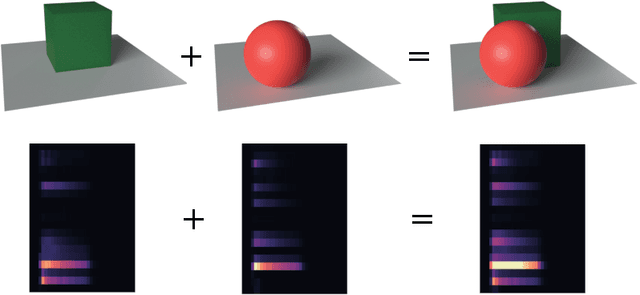
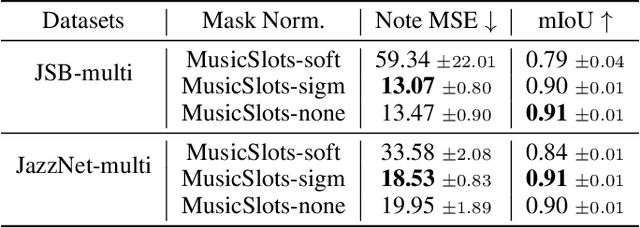


Abstract:Current object-centric learning models such as the popular SlotAttention architecture allow for unsupervised visual scene decomposition. Our novel MusicSlots method adapts SlotAttention to the audio domain, to achieve unsupervised music decomposition. Since concepts of opacity and occlusion in vision have no auditory analogues, the softmax normalization of alpha masks in the decoders of visual object-centric models is not well-suited for decomposing audio objects. MusicSlots overcomes this problem. We introduce a spectrogram-based multi-object music dataset tailored to evaluate object-centric learning on western tonal music. MusicSlots achieves good performance on unsupervised note discovery and outperforms several established baselines on supervised note property prediction tasks.
Efficient Biologically Plausible Adversarial Training
Oct 05, 2023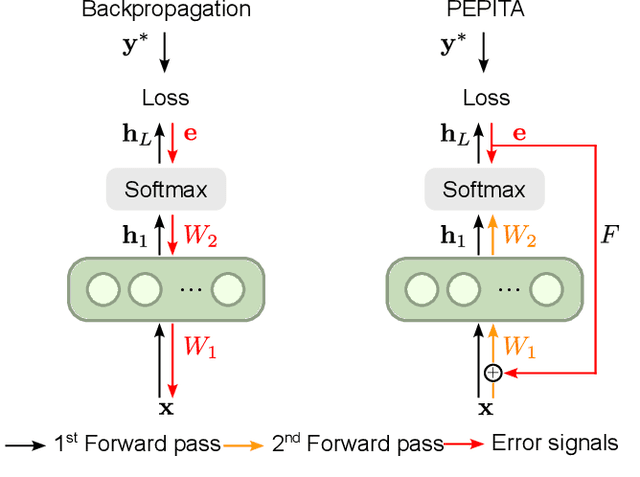



Abstract:Artificial Neural Networks (ANNs) trained with Backpropagation (BP) show astounding performance and are increasingly often used in performing our daily life tasks. However, ANNs are highly vulnerable to adversarial attacks, which alter inputs with small targeted perturbations that drastically disrupt the models' performance. The most effective method to make ANNs robust against these attacks is adversarial training, in which the training dataset is augmented with exemplary adversarial samples. Unfortunately, this approach has the drawback of increased training complexity since generating adversarial samples is very computationally demanding. In contrast to ANNs, humans are not susceptible to adversarial attacks. Therefore, in this work, we investigate whether biologically-plausible learning algorithms are more robust against adversarial attacks than BP. In particular, we present an extensive comparative analysis of the adversarial robustness of BP and Present the Error to Perturb the Input To modulate Activity (PEPITA), a recently proposed biologically-plausible learning algorithm, on various computer vision tasks. We observe that PEPITA has higher intrinsic adversarial robustness and, with adversarial training, has a more favourable natural-vs-adversarial performance trade-off as, for the same natural accuracies, PEPITA's adversarial accuracies decrease in average by 0.26% and BP's by 8.05%.
Active Learning for Imbalanced Civil Infrastructure Data
Oct 19, 2022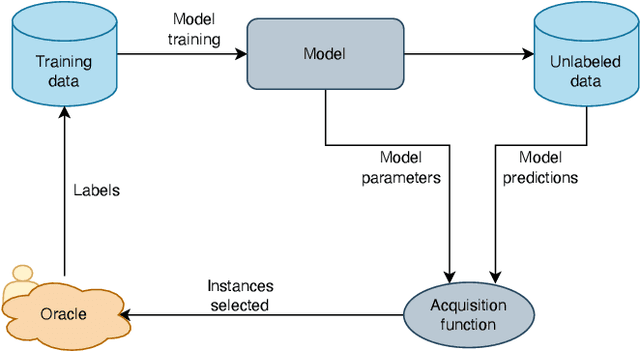
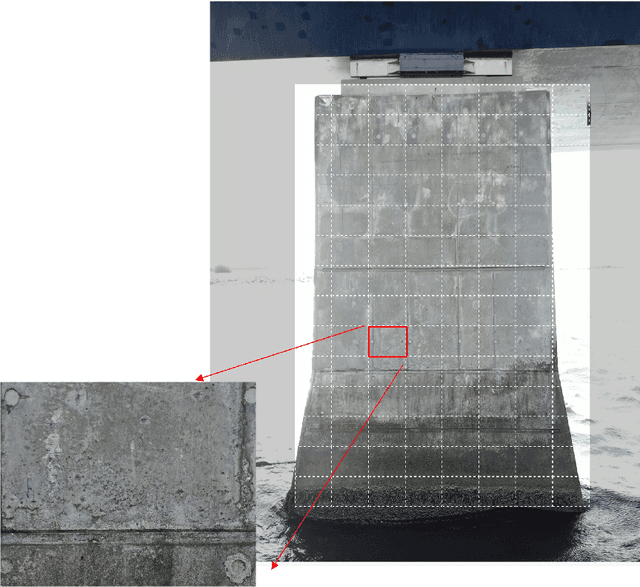
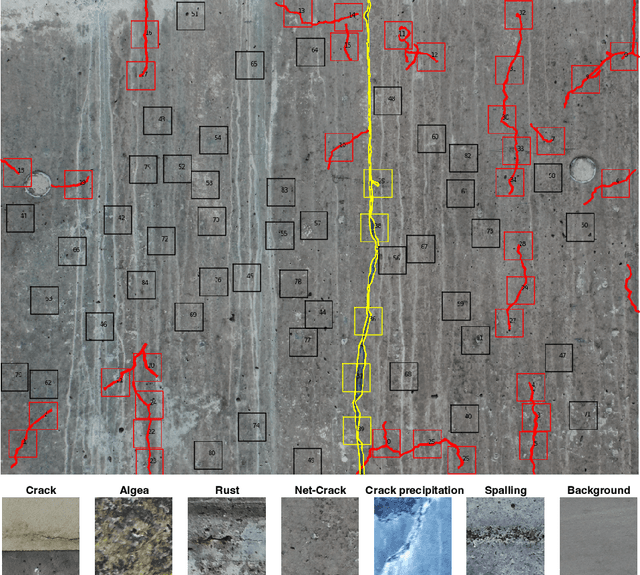
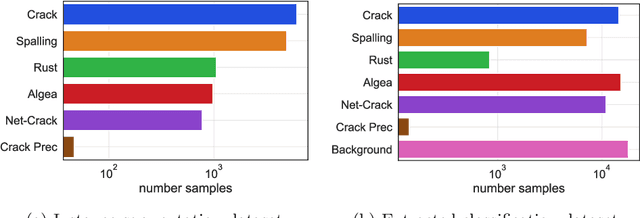
Abstract:Aging civil infrastructures are closely monitored by engineers for damage and critical defects. As the manual inspection of such large structures is costly and time-consuming, we are working towards fully automating the visual inspections to support the prioritization of maintenance activities. To that end we combine recent advances in drone technology and deep learning. Unfortunately, annotation costs are incredibly high as our proprietary civil engineering dataset must be annotated by highly trained engineers. Active learning is, therefore, a valuable tool to optimize the trade-off between model performance and annotation costs. Our use-case differs from the classical active learning setting as our dataset suffers from heavy class imbalance and consists of a much larger already labeled data pool than other active learning research. We present a novel method capable of operating in this challenging setting by replacing the traditional active learning acquisition function with an auxiliary binary discriminator. We experimentally show that our novel method outperforms the best-performing traditional active learning method (BALD) by 5% and 38% accuracy on CIFAR-10 and our proprietary dataset respectively.
 Add to Chrome
Add to Chrome Add to Firefox
Add to Firefox Add to Edge
Add to Edge